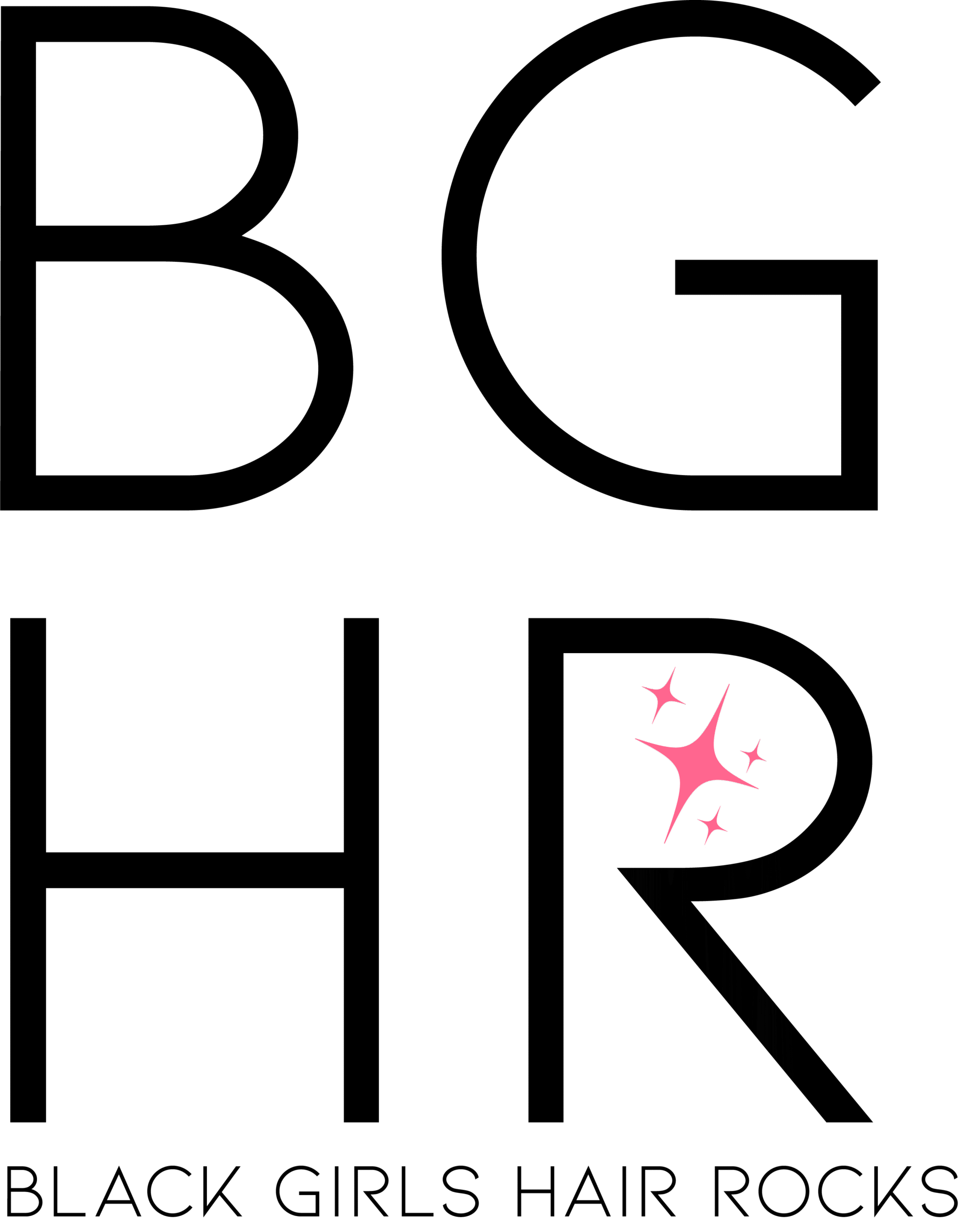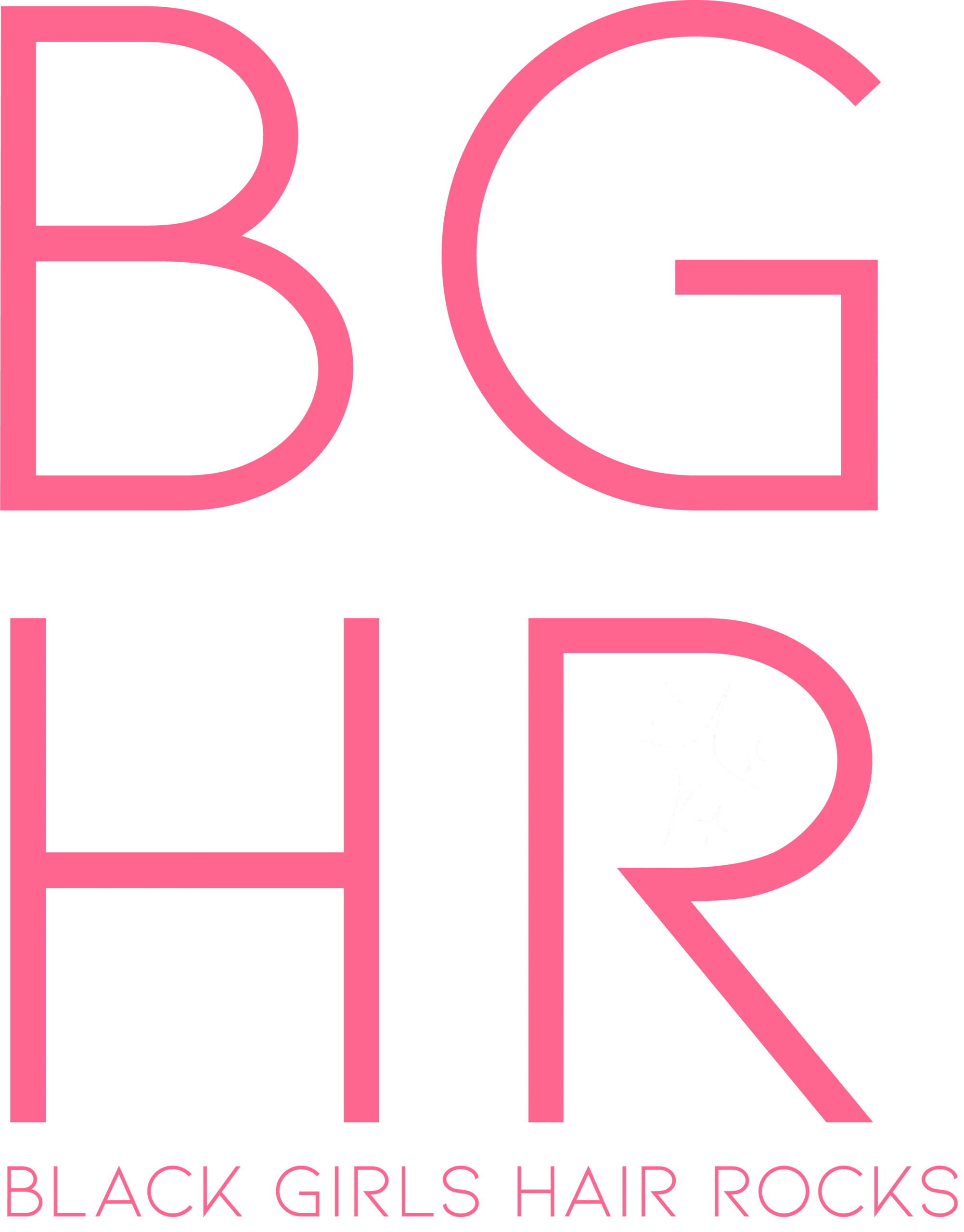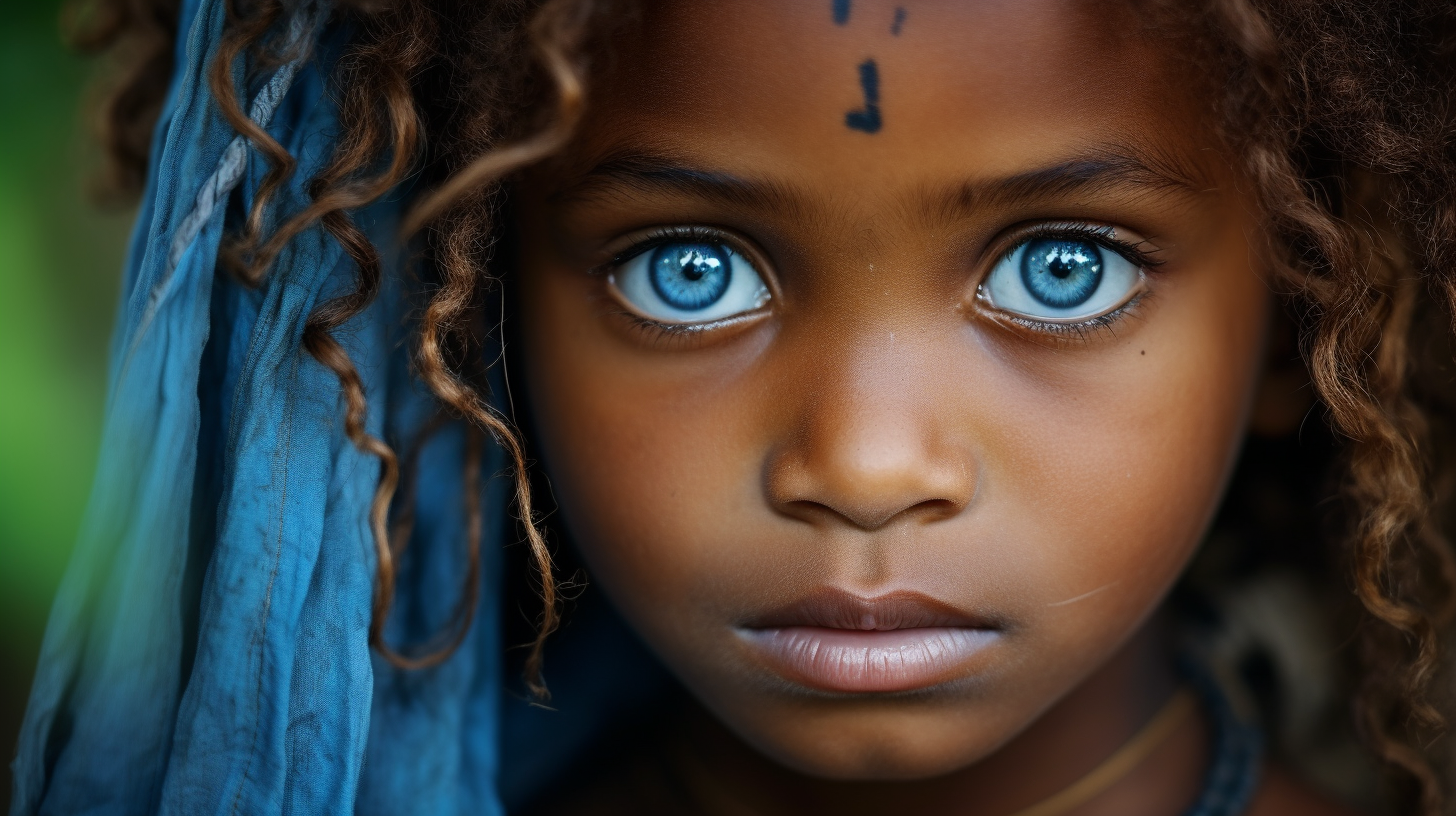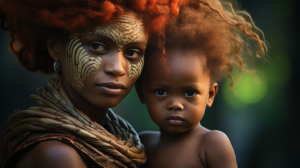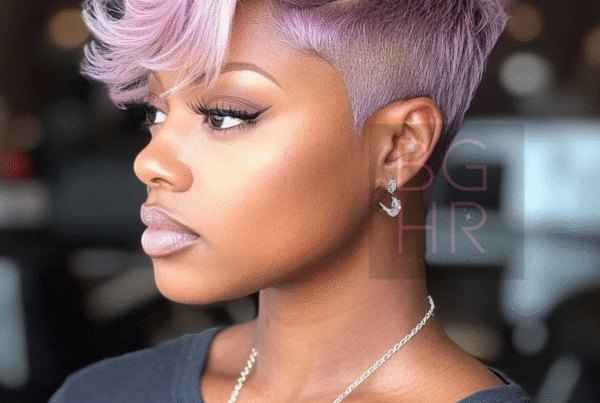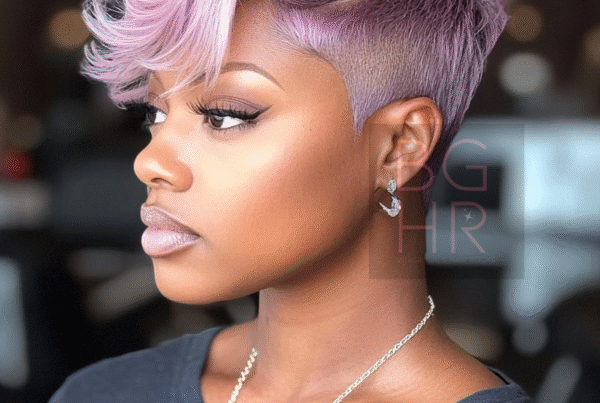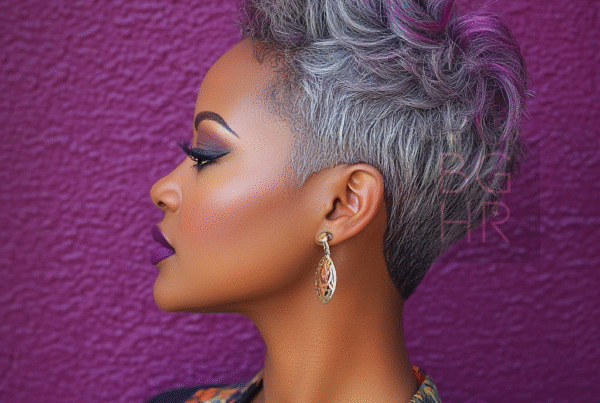A Vibrant Patchwork of Pacific Cultures Comprised of the Melanesians
The people who originated in the area now known as Melanesia have long been an important component of the Pacific’s cultural and historical environment. Their home region is also called Melanesia. Melanesia is a region that encompasses a number of countries, including Papua New Guinea, Fiji, Vanuatu, the Solomon Islands, and New Caledonia. This region is home to a wide range of cultural and environmental traditions. The people of Melanesia, with their individual appearances, dialects, and customs, continue to serve as a living demonstration of the adaptation and resiliency of the human species in the face of frequently harsh environments.
Contextualization of the Past
Melanesia is a name that refers to people who have dark skin and comes from the Greek terms “melas” (which means black) and “nsos” (which means island). These people live in this region. The existence of early Melanesians in these islands has been suggested by archaeological evidence to have occurred more than 30,000 years ago. This would place them among the earliest human residents of the Pacific Ocean. They formed their own distinct civilizations, structures, and ways of life throughout the course of time, which were molded by their interactions with their environment and the groups that were located nearby.
The Diversity of Cultures
The diversity of languages spoken in Melanesia is one of the region’s most outstanding characteristics. Papua New Guinea is home to more than 1,200 distinct languages, making it one of the most culturally and linguistically diverse areas in the entire globe. These languages are evidence of the isolated societies that developed independently over a period of millennia, making them a valuable historical record.
Land ownership and familial relationships are two of the most important factors that determine how people interact with one another in Melanesian communities, which are often organized according to clan-based social hierarchies. These clans frequently have extensive oral traditions passed down through the years. These traditions frequently include myths, folklore, and stories about ancestors.
Their artistic expressions are also quite varied and rich in symbolic content. Melanesian art symbolizes the people’s connection with nature, their ancestors, and the spirits of the land, and it can range from the complex carvings of the Sepik River in Papua New Guinea to the lively dances of Vanuatu.
Characteristics of the Body and Inheritance
The prevalence of naturally blonde hair amongst a portion of the Melanesian population is one of the most distinguishing characteristics of these people. Both geneticists and anthropologists have expressed interest as a result of this discovery. Studies have proven that the attribute of having blonde hair in Melanesians is due to a distinct gene variant that is independent of that of Europeans. This is contrary to the earlier views that such qualities could have been the consequence of encounters with European explorers, who were thought to have brought such traits to the region.
Exceptionally Distinct Appearance:
Melanesians are distinguished chiefly for their dark skin, which can range in color from a rich chocolate brown to an almost ebony black, as their name suggests. This skin hue acts as a natural defense mechanism against the potentially cancer-causing UV rays of the sun, which are prevalent in their native equatorial habitat.
Those with naturally blonde hair:
Given their often dark complexion, the frequency of naturally blonde hair is one of the most unexpected characteristics of some Melanesian populations, making it one of the most fascinating characteristics of those populations. As has been hypothesized in the past by a few individuals, this person’s hair color is neither the result of having European ancestry nor being caused by their food.
A genetic basis was identified as the cause of this phenomenon in a research article that appeared in the magazine “Science” in the year 2012. Researchers have discovered that a mutation in the TYRP1 gene is responsible for the naturally blonde hair prevalent in Melanesians. Because this gene is distinct from the one that causes blonde hair in Europeans, it is likely that two separate evolutionary processes were at play. It is estimated that close to ten percent of the indigenous inhabitants of the Solomon Islands, who are a part of the Melanesia region, have this blonde characteristic, making it an occurrence that is relatively prevalent.
Eyes With a Blue-Green Haze:
There are some Melanesians who have blue or green eyes, although this trait is much less frequent than having blonde hair. In the same way that blonde hair is the consequence of genetic changes indigenous to the region, the distinctive eye hues seen in this population are also not indicative of European origin.
Status and Constituents:
In general, Melanesians have a stocky and strong build, which is a tribute to their adaptation to the various island conditions, in which physical endurance is typically necessary. They have robust bone structures, wide noses, and large lips in addition to full mouths.
Diversity of the Human Genome and Its Migration Patterns:
Genetic research has revealed that Melanesians have a common ancestor with the early migrants who initially set out from Africa between 50,000 and 70,000 years ago. These ancestral groups originally traveled to Southeast Asia, where they finally established themselves on the islands of Melanesia. They developed unique genetic markers over the course of millennia while living relatively apart from one another.
This isolation, on the other hand, was not wholly successful. Melanesia was subject to a number of waves of migration and interaction with its bordering regions such as Polynesia and Micronesia during the course of its history. Because of these interactions, the already complex genetic composition of the inhabitants of Melanesia has gained additional levels of complexity.
In Concluding:
The Melanesians are a living monument to human evolution and adaptation, both in terms of their physical characteristics and their genetic makeup. Their one-of-a-kind characteristics, which emerged over the course of millennia of seclusion interspersed with brief encounters, make for an intriguing chapter in the larger narrative of human diversification and migration. It is possible that as genetic research continues to improve, more fascinating information about the Melanesians and their ancestry will come to light, which will further deepen our understanding of this extraordinary group of people.
Problems and pressing concerns of the present day
The advent of modern times has brought with it a number of difficulties for the communities of Melanesia. The impact of climate change, particularly in the form of increasing sea levels, poses a severe risk to their islands. In addition, as a result of globalization, there is a growing possibility that their cultures will become less culturally distinct as Western influences spread throughout them.
Despite this, there are persistent attempts being made, both domestically and internationally, to conserve the cultures of Melanesia. There has been a recent uptick in interest in learning about and appreciating the distinctive aspects of Melanesian culture, as evidenced by the proliferation of educational programs that center on indigenous languages and festivals that honor traditional art forms.
The final word
The Melanesian people provide a glimpse into the diverse and intricate patterns that make up the fabric of human history. Their distinct histories, cultures, and customs, which have developed over the course of thousands of years, serve as a reminder of the vast variety of experiences that humans have had on our globe. As is the case with a great number of indigenous peoples, it is of the utmost importance to accept, comprehend, and encourage the efforts of the Melanesia communities to deal with the problems of the contemporary world while maintaining their highly valued customs.
